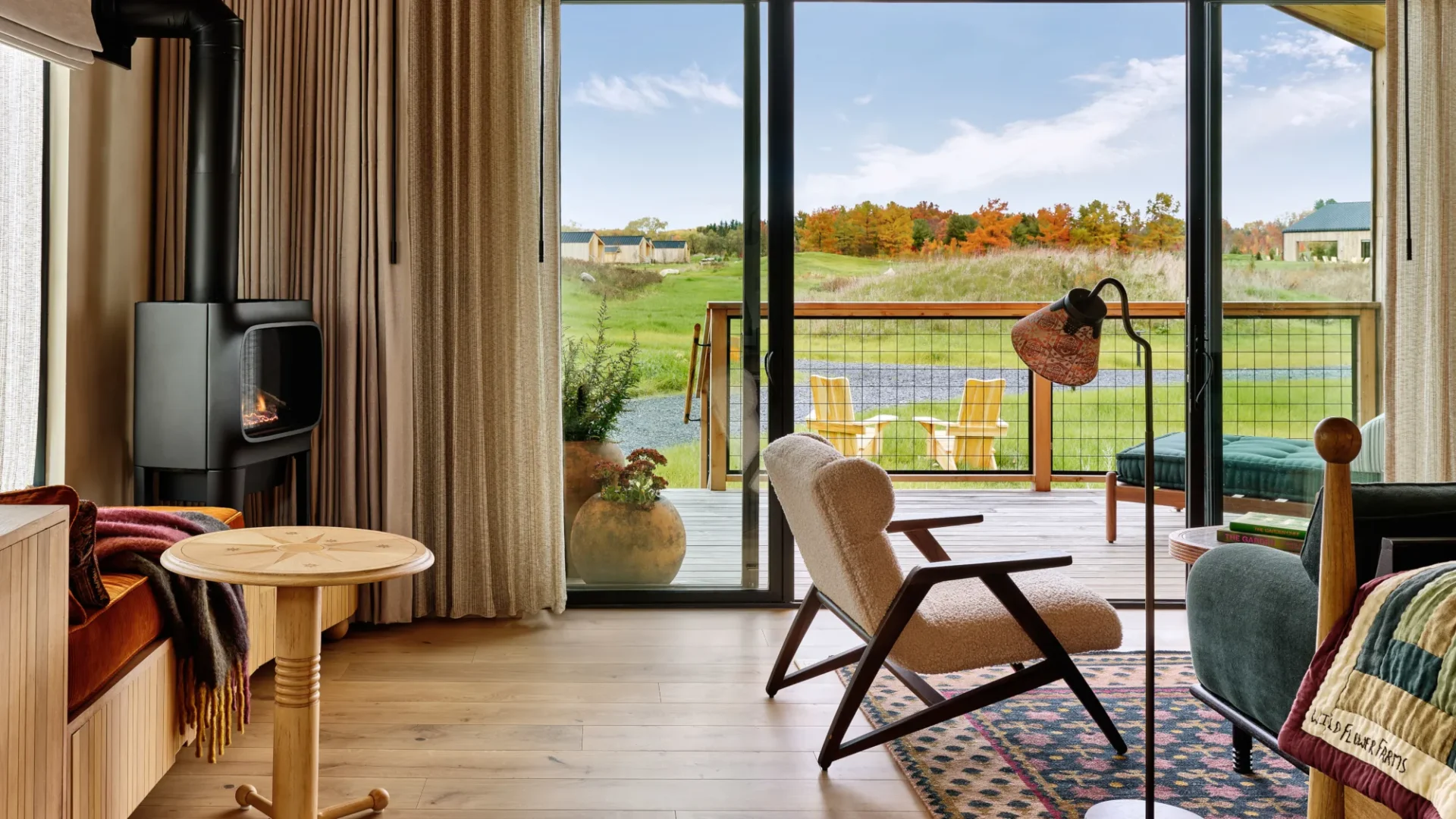 The new City Hall in Ocoee, FL is approaching the first anniversary of its completion. City staff moved into the building Sept. 8, 2022, and a ribbon cutting and open house was held that night for residents and staff. The new structure provides a more modern space for city business while also serving as the centerpiece of a downtown redevelopment plan.
The new City Hall in Ocoee, FL is approaching the first anniversary of its completion. City staff moved into the building Sept. 8, 2022, and a ribbon cutting and open house was held that night for residents and staff. The new structure provides a more modern space for city business while also serving as the centerpiece of a downtown redevelopment plan.
A New and Modern Space
Ocoee’s new City Hall is a 46,000 square foot, three-story structure in the neoclassical style, made mostly of structural steel and brick. The first floor holds the city commission chambers and service departments, allowing residents to easily access these spaces. The city clerk’s office is on the second floor and the commissioner’s office and conference room are on the third floor. Most of the space on the top two floors is taken up by administrative offices. Each floor has its own kitchen and dining area, and its own conference room. The facility was built with growth in mind: there’s enough space to add up to 50 employees in the future.
Plans to build the new municipal building began several years ago. Prior to the construction, the city convened a group of citizens to share their input on what shape they thought the project should take on. City officials used those suggestions and their own input to work with Wharton-Smith Inc. Construction Group and HKS Architects to design and build the structure.
Conference rooms throughout City Hall are furnished with the latest video conferencing technology. Commission Chambers have the newest in broadcasting equipment so residents can watch meetings from home. The energy efficient building relies on LED and natural lighting, with almost every office having a window.
Health and Wellness
Ocoee City Hall was designed with health and wellness in mind. Offices have stand-up desks with stationary desk bikes. Each department has its own stationary bike shared among the staff. The building also features an outdoor eating area for employees, water bottle fillers on each floor to encourage reuse, and a wellness room for employees who are breastfeeding or have private health needs.
A Larger Vision
The new City Hall isn’t just a new building, it’s new location – downtown. This central location allows residents to more easily access the facility. The move is part of the city’s downtown redevelopment plan, which includes more than $44 million in capital projects that aim to revitalize the heart of the city.
At Construction Protection Systems, we’re proud to have played a small part in development of the Ocoee City Hall. Stay tuned for more updates from the makers of 1-2-3 Door Shield—the original, reusable door protection system.

 Sometimes a new space can offer you an entirely different perspective. That’s the hope for the youth of San Diego County who have found themselves on the wrong side of the law and the people who are charged with guarding and caring for them.
Sometimes a new space can offer you an entirely different perspective. That’s the hope for the youth of San Diego County who have found themselves on the wrong side of the law and the people who are charged with guarding and caring for them. Crawford High School in San Diego, CA may be more than
Crawford High School in San Diego, CA may be more than  Students at the University of Texas at San Antonio (UTSA) recently completed their first semester of instruction and research at the new San Pedro I building. The $91.8 million state-of-the-art facility opened in January and now houses the university’s National Security Collaboration Center (NSCC) and the new School of Data Science (SDS).
Students at the University of Texas at San Antonio (UTSA) recently completed their first semester of instruction and research at the new San Pedro I building. The $91.8 million state-of-the-art facility opened in January and now houses the university’s National Security Collaboration Center (NSCC) and the new School of Data Science (SDS). People often compliment the intelligence of a person by calling them a “rocket scientist.” But for a certain group of students and faculty at the University of Arizona, that praise is now more literal thanks to the new Applied Research building, which
People often compliment the intelligence of a person by calling them a “rocket scientist.” But for a certain group of students and faculty at the University of Arizona, that praise is now more literal thanks to the new Applied Research building, which  No one wants to spend time in an emergency room, but when you absolutely need medical attention, you’ll be glad to have one nearby. The people of Davenport, FL now have that luxury now. One year ago, Orlando Health Emergency Room – Reunion Village opened after years of planning and construction.
No one wants to spend time in an emergency room, but when you absolutely need medical attention, you’ll be glad to have one nearby. The people of Davenport, FL now have that luxury now. One year ago, Orlando Health Emergency Room – Reunion Village opened after years of planning and construction. The final phase of a two-phase project to create a new Interdisciplinary Science, Technology, Engineering and Math (I-STEM) Research Complex at the University of Georgia was completed in August 2022. The STEM students of UGA are now in their second semester of utilizing the state-of-the-art I-STEM Research Building 2.
The final phase of a two-phase project to create a new Interdisciplinary Science, Technology, Engineering and Math (I-STEM) Research Complex at the University of Georgia was completed in August 2022. The STEM students of UGA are now in their second semester of utilizing the state-of-the-art I-STEM Research Building 2. Wildflower Farms, of the Auberge Resorts Collection, opened its doors to guests for the first time in Oct. 2022. The Hudson Valley luxury hotel is located on a 140-acre retreat in Gardiner, New York, just 90 minutes from New York City.
Wildflower Farms, of the Auberge Resorts Collection, opened its doors to guests for the first time in Oct. 2022. The Hudson Valley luxury hotel is located on a 140-acre retreat in Gardiner, New York, just 90 minutes from New York City. We’re just about a month away from the kickoff of the second Nashville Soccer Club (SC) season played at Geodis Park. The biggest soccer-only stadium in North American opened last year, securing the future of one of the newest teams in Major League Soccer.
We’re just about a month away from the kickoff of the second Nashville Soccer Club (SC) season played at Geodis Park. The biggest soccer-only stadium in North American opened last year, securing the future of one of the newest teams in Major League Soccer. The AC Hotel by Marriott in Chesterfield, MO is in the midst of its first-ever holiday season in business. The hotel first opened its doors in late March after two years of delays caused by the COVID-19 pandemic and supply chain issues. A grand opening event was held in May, and the hotel has been fully operational ever since. Here are a few things to know about the long-awaited project:
The AC Hotel by Marriott in Chesterfield, MO is in the midst of its first-ever holiday season in business. The hotel first opened its doors in late March after two years of delays caused by the COVID-19 pandemic and supply chain issues. A grand opening event was held in May, and the hotel has been fully operational ever since. Here are a few things to know about the long-awaited project:
Recent Comments